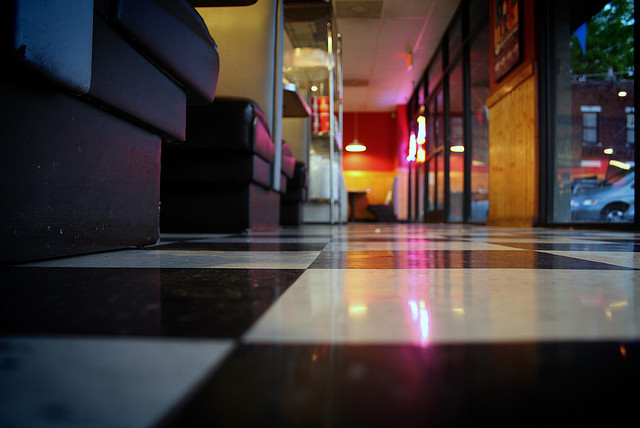No Result Found!
TRENDING SEARCHES
Recently Viewed
 From Lindsay Turner.
From Lindsay Turner.
 Source: Cintas Corporation
Source: Cintas Corporation